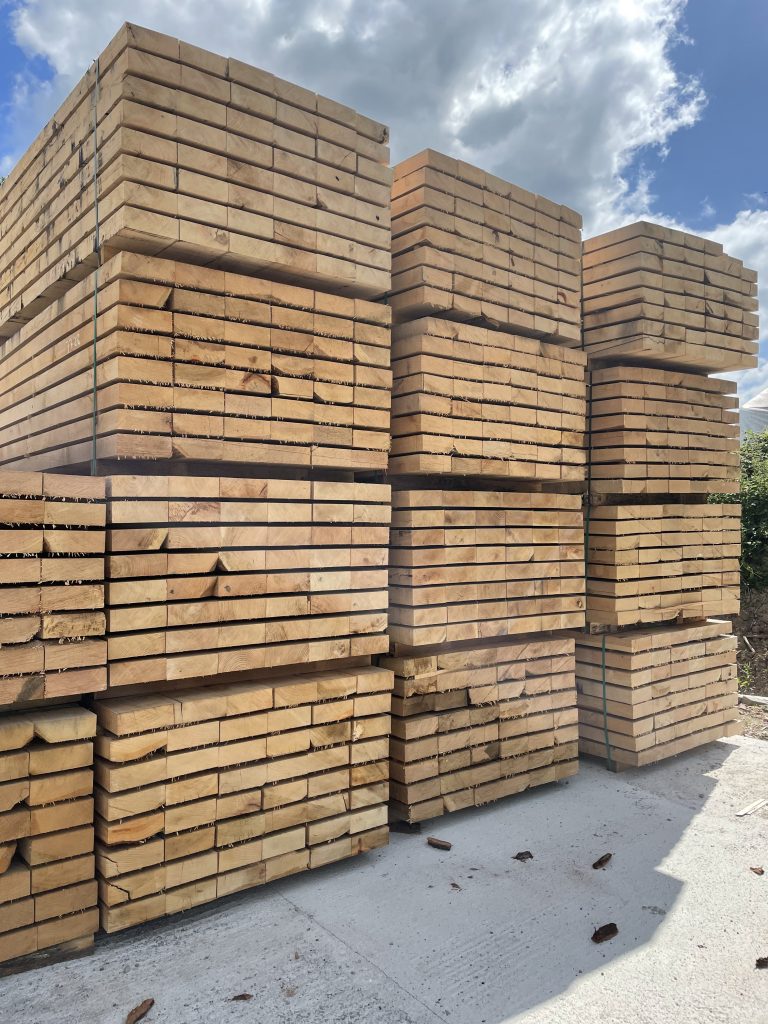When it comes to purchasing furniture, distinguishing between real wood and synthetic materials is crucial for buyers who value authenticity, durability and quality. With the market flooded with veneers, laminates, and engineered wood products, it can be challenging to identify genuine solid wood furniture.
Here, we will be exploring the traits of real wood furniture so that you can distinguish it from pieces made from imitation wood and make an informed decision before you buy.
The Value of Real Wood Furniture
Before delving into the specific traits of real wood furniture, it’s important to understand why this distinction matters.
Authentic solid wood furniture offers several advantages, such as longevity, durability, and a timeless aesthetic appeal.
Unlike synthetic materials, real wood possesses a unique character and patina that only improves with age.
Knowing how to identify real wood allows buyers to make informed decisions and invest in high-quality pieces that will stand the test of time.
Indicators of real wood
Here are some of the traits you can look out for to determine whether a piece of furniture is real wood or not:
Non-Symmetrical Grain Pattern
One of the key indicators of real wood furniture is the presence of a non-symmetrical grain pattern. When examining a piece, look closely at the surface and observe the grain’s direction and irregularities. Genuine wood will display variations in the grain, as each tree possesses a distinct growth pattern. In contrast, synthetic materials often have a repetitive, uniform pattern that lacks the natural irregularities found in real wood.
Texture and Feel
Another characteristic to consider when determining if furniture is made from real wood is its texture. Run your hands along the surface and feel for the grain, knots, and contours. Real wood will offer a tactile experience, allowing you to sense the natural irregularities and imperfections. These imperfections contribute to the charm and authenticity of the piece. In contrast, synthetic materials tend to have a smooth and consistent texture, devoid of the nuances found in genuine wood.
Surface Integrity
The integrity of the furniture’s surface is an essential aspect to evaluate. Real wood maintains its structural integrity, even with age. While the wood may split over time, it won’t flake or crack easily. If you come across a piece that appears to have significant surface damage or shows signs of peeling, it is likely composed of synthetic materials or has a veneer finish. Genuine wood, on the other hand, may develop a beautiful patina with age, enhancing its appeal without compromising its solidity.
Weight Comparison
The weight of the furniture can provide valuable insights into its composition. Solid wood, particularly hardwoods like oak, tends to be considerably heavier than synthetic alternatives. Lift the furniture and assess its weight. If it feels surprisingly light or lacks the substantial heft associated with real wood, it may be an indication of an imitation or composite material.
Examining Surfaces and Edges
To further ascertain if furniture is made from real wood, it’s crucial to examine all surfaces and edges closely. Veneered or laminate products often feature a thin layer of real wood grain only on the visible or showing surfaces. By inspecting the undersides or less visible areas, you can determine if the piece has consistent grain throughout. Real wood furniture will display genuine grain on all surfaces, while imitations will reveal a lack of consistency, exposing the underlying material.
Difference Between Reclaimed Wood and Distressed Wood
Reclaimed wood and distressed wood are two terms that are sometimes used interchangeably, but they represent distinct concepts.
Reclaimed wood refers to timber salvaged from old structures or other sources and repurposed for furniture making. It embodies the character and history of its previous use and will naturally have an aged appearance, as well as any number of unique markings or inclusions.
Distressed wood, on the other hand, is intentionally altered to give it an aged, weathered appearance. It is often achieved through distressing techniques such as sanding, scraping, or applying specific finishes.
While both reclaimed wood and distressed wood may be real wood, the character of the former is natural and authentic, whereas the latter imitates those traits through crafting techniques.
Identifying whether furniture is made from real wood or synthetic materials is important if you are looking for quality, longevity, and an authentic aesthetic. By considering indicators such as the non-symmetrical grain pattern, texture and feel, surface integrity, weight, and examining surfaces and edges, you can make informed choices when purchasing your wood furniture.
Furthermore, understanding the difference between reclaimed wood and distressed wood allows you to explore unique pieces with historical significance or achieve a specific aesthetic appeal. Invest in real wood furniture, and enjoy the enduring beauty and craftsmanship it brings to your space.
You can browse our extensive and characterful collection of wooden furniture here.

